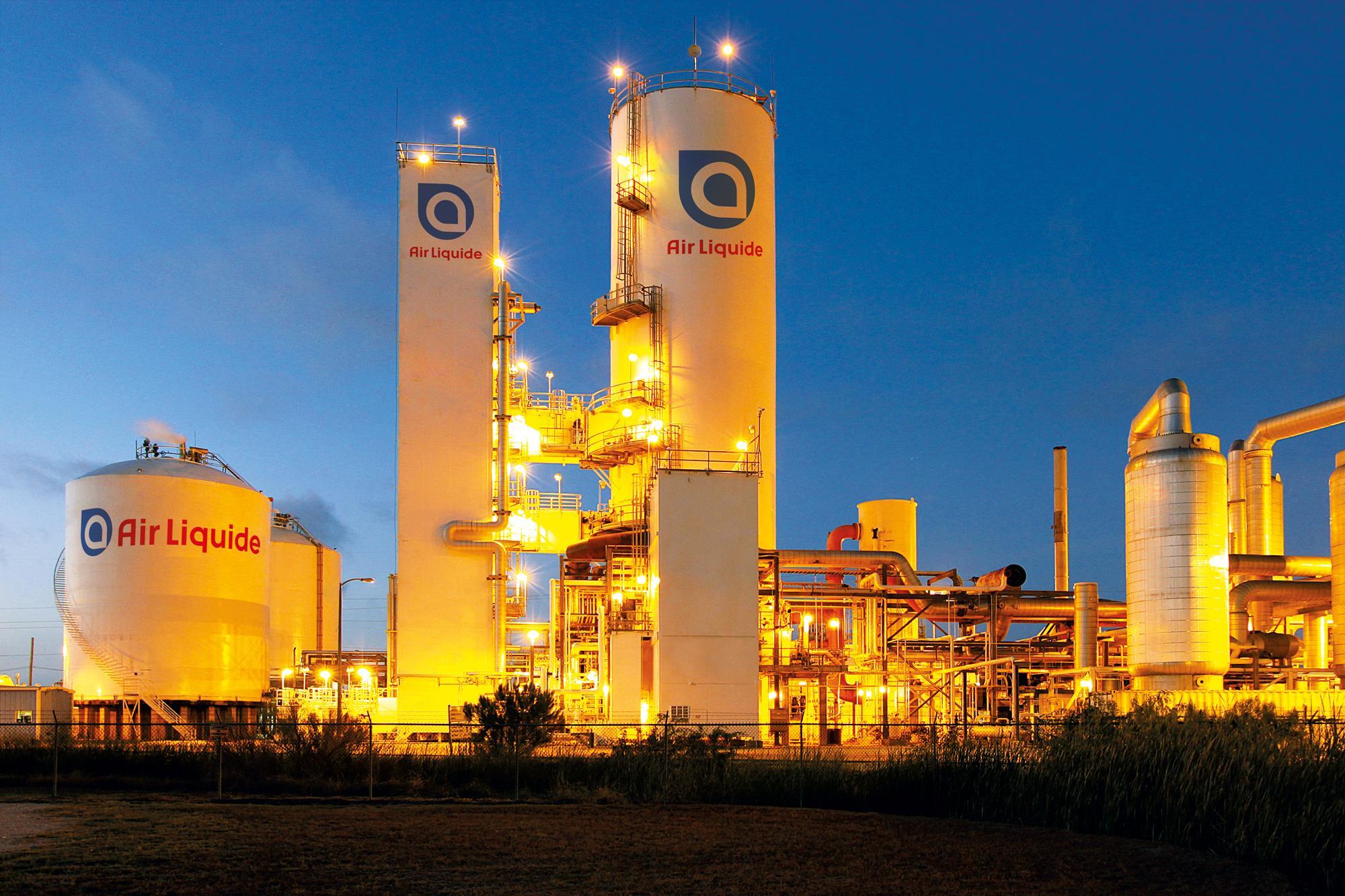In Delaware, Air Liquide is Solving Tomorrow’s Problems Today

Facing the Future on a Solid Foundation
When Air Liquide was founded in 1902, the company was firmly focused on innovation. More than a century later, that is still the case. For proof, consider the Paris-based company’s Innovation Campus Delaware, located in Newark, Delaware.
“Here in Newark, we develop new technologies around our core R&D platforms: life science, materials, process engineering and combustion, advanced fabrication, fine chemistry for electronics and data science,” says Serban Cantacuzene, vice president of research and development, Americas, at Air Liquide.
The groundbreaking “disruptions” have led to the evolution of both the global business and the Delaware location. The choice to come to Delaware, Cantacuzene says, was “visionary.”
Air Liquide Fast-Tracks Growth
Based in Paris, Air Liquide’s roots go back to the relationship between a savvy entrepreneur, Paul Delorme, the company’s first president, and Georges Claude, who invented a process of producing oxygen from liquid air. Since gas is challenging to transport, Air Liquide quickly built an international presence by opening production units in Europe (1906), Japan (1907), Canada (1911) and the United States (1916). Today, Air Liquide is in 80 countries.
The company, which has 66,000 employees, is a recognized leader in gases, technologies and services for industry and health. Targeted sectors include chemical, steel, glass, pharma, food, metal fabrication, electronics and health care.
“Our ambition is to lead our industry, deliver long-term performance and contribute to sustainability,” says Cantacuzene, who joined Air Liquide in 1995 as a research scientist. “By leveraging the physical and chemical properties of the gases we offer, we improve the lives of patients at hospitals or at home, and we help our industrial customers produce better, faster and more efficiently while helping to lower the emissions of pollutants.”
During Cantacuzene’s nearly 25 years with Air Liquide, he’s worked in Tokyo, Tunisia, Montreal, Houston, Atlanta and Paris. He’s had positions in R&D, marketing, operations and general management. In 2018, after being in Japan, he headed back to the U.S. and the Innovation Campus Delaware.
Building an R&D Hub in Delaware
An Air Liquide subsidiary, Medal, was already present in Delaware when the company considered the Newark area for a research-and-development center that would employ nearly 120 engineers, chemists and physicists.
“Many reasons contributed to choosing the site, among which is the proximity to major universities on the East Coast, the availability of land, the proximity to major chemical partners and the support of the Delaware government,” Cantacuzene says.
Air Liquide develops new technologies with the help of a “large ecosystem” of universities, government-sponsored labs and industrial partners, he explains. The goal is to improve the competitiveness of American industries and support their growth.
The opening of the $35 million Newark center in 2007 followed the closing of a Chicago facility. Today, the Innovation Campus Delaware is one of five Air Liquide research-and-development facilities around the world. (The others are in Paris, Frankfurt, Shanghai and Tokyo.)
Air Liquide Poised for Expansion
Over the past decade, the Newark center has evolved. There are now 140 people working on the site, which has expanded the fine chemicals lab space and added indoor platforms for advanced fabrication and outdoor platforms for combustion. Air Liquide is currently building a new outdoor platform for full-scale testing of new membrane solutions.
The company has expanded in other respects. In 2016, Air Liquide acquired Airgas in Radnor, Pennsylvania, which like Newark is in the Greater Philadelphia region.
“The proximity of the Newark site to the Airgas teams enabled a close collaboration around welding and manufacturing, which lead to the launch of the Advanced Manufacturing Center within the campus in 2018,” Cantacuzene says.
The Advanced Manufacturing Center helps industrial customers adopt the latest technologies and practices. (Manufacturing makes up about 20 percent of the company’s business.) At the center, customers can view a “cobot” that welds with a robotic arm via an app.
Meanwhile, Air Liquide’s membrane manufacturing site in Wilmington, Delaware, has directly benefited from the products and technologies that were developed in nearby Newark, he notes.
Delaware’s elected officials have been supportive of the Innovation Campus Delaware’s growth, Cantacuzene says. “They are in constant contact, and they visit to understand our local needs.”
The company works with Delaware’s U. S. senators on legislative issues involving energy transition, materials and membrane innovation, CO2 separation for sequestration and new mobility issues, such as hydrogen energy.
Researchers at the Innovation Campus Delaware come from 20 nations, which makes the campus a melting pot of some very creative minds.
“Our goal is to improve human life and to lower our impact on the environment through our innovative gas processes,” Cantacuzene concludes.
Newsletter Sign Up
Stay Up To Date With Delaware